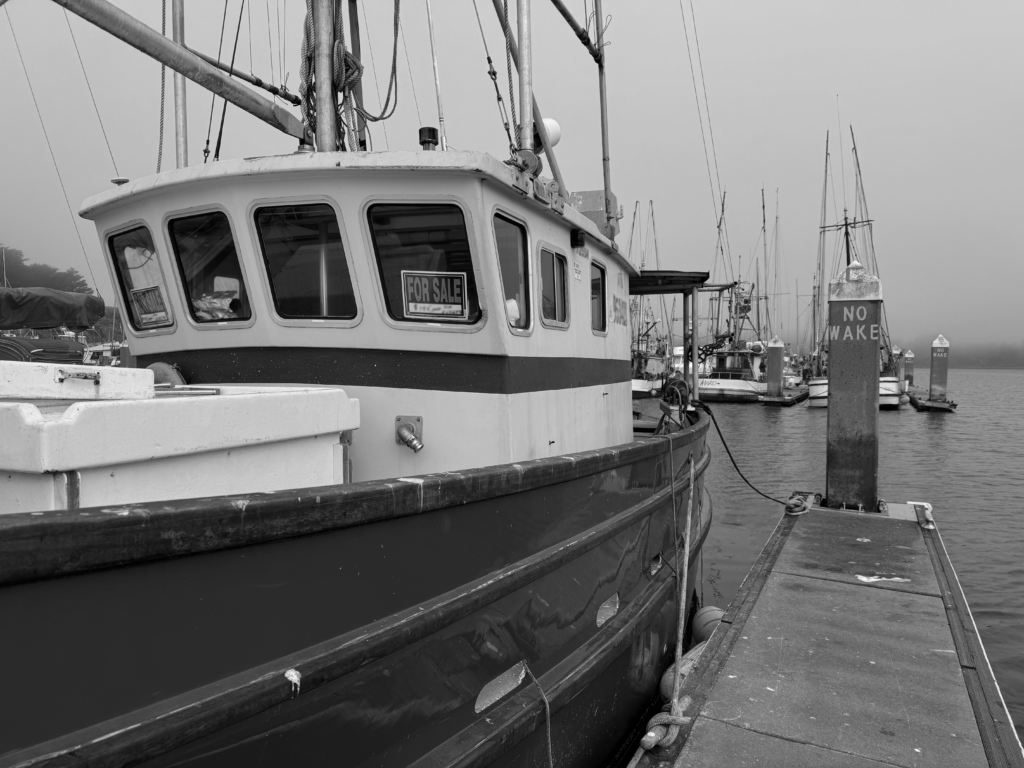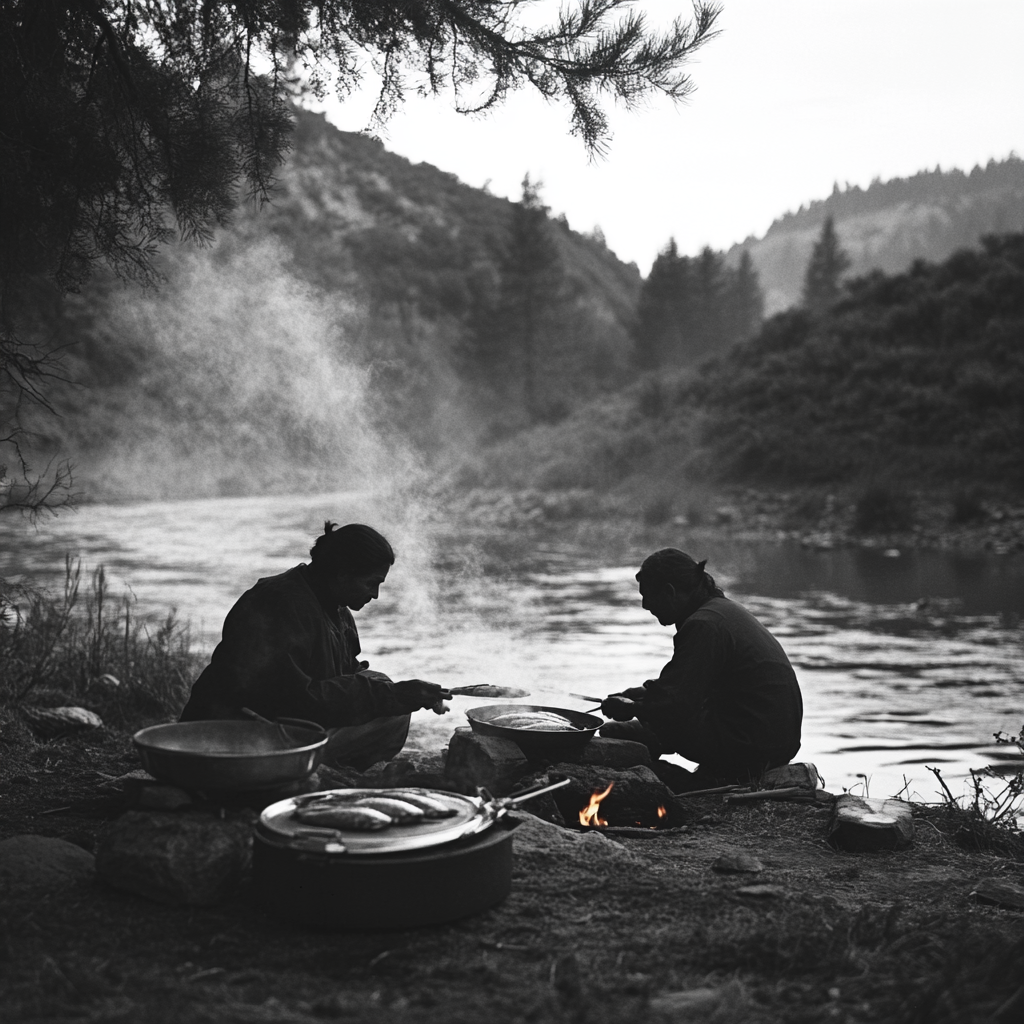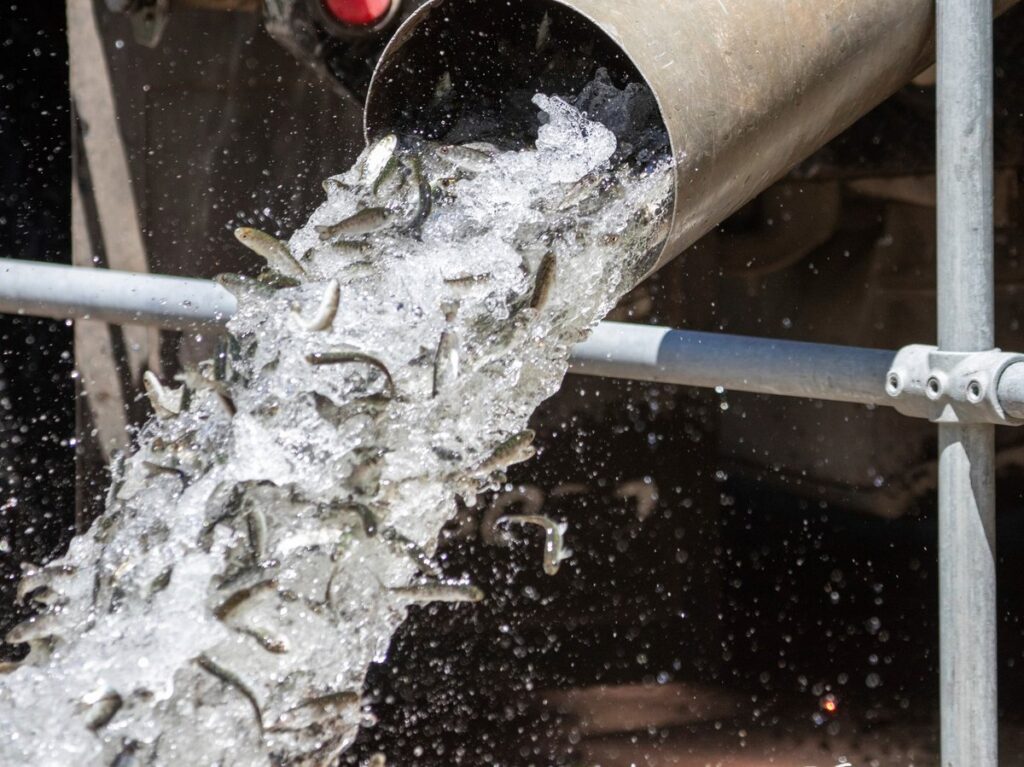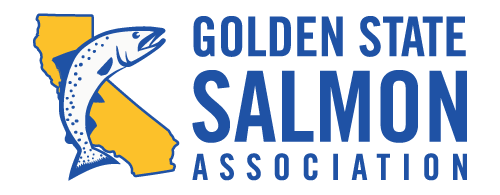Exploring the Cultural, Culinary, and Economic Importance of Salmon
California’s salmon are more than a fish to catch; they’re a cornerstone of the state’s economy, culture, and environment. Their annual return fuels local fishing industries, supports tribal and coastal communities, and delivers vital nutrients that sustain entire ecosystems. From the forests of the Klamath to the marshes of the Delta, salmon have helped shape the landscapes and livelihoods that define California.
After three years of commercial salmon fishery closures and the lowest returns in decades, that connection feels more fragile than ever. But it’s also what makes the fight to restore these fish so deeply personal. At the Golden State Salmon Association (GSSA), we believe salmon represent far more than a species in decline. They are a living link between river, ocean, and table, between California’s natural abundance and the families who’ve built their lives around it.

The Salmon Connection: From River to Ocean and Back
Every piece of wild-caught California salmon tells an extraordinary story. It begins high in the Sierra Nevada, where cold, clean rivers flow to the Central Valley and give life to tiny fry (or baby salmon) that will make their way downstream, passing farms, towns, and reservoirs before entering the Pacific Ocean. After years of feeding and growing at sea, they make the long journey home, guided by scent and instinct, to the very waters where they were born.
That round trip can cover more than 2,000 miles. It’s one of nature’s most impressive migrations, and it’s what connects communities hundreds of miles apart. Anglers in San Francisco Bay rely on the same fish that begin their lives in the Mokelumne or Feather River. Chefs in Monterey prepare meals that often start with hatchery-born fish from near Sacramento. When we talk about “from river to table,” it’s not a metaphor; it’s a literal journey of survival and return.
A Heritage That Feeds Us All
Long before the first dam was built, California’s Indigenous tribes — from the Yurok, Karuk, and Hoopa in the Klamath and Trinity basins to Central Valley tribes such as the Winnemem Wintu, Miwok, and Maidu — lived in partnership with salmon. These fish sustained their diets, shaped their calendars, and played a central role in their ceremonies and creation stories.
GSSA board member and member of the Winnemem Wintu Tribe, Gary Mulcahy states, “For the Winnemem Wintu and many other tribes, salmon are part of who we are, our history, our food, and our future. When the salmon can’t make their way home, it means something in our world is out of balance. Restoring those runs isn’t just about bringing back a fish; it’s about restoring a relationship that sustained California long before the dams, and one that still sustains us today.”

For the Yurok people, salmon are more than food; they’re kin. As tribal elders often say, “When the salmon disappear, so do we.” That perspective reminds us that salmon are not just a resource to be managed but a relationship to be honored.
Today, tribes are leading restoration efforts on the Klamath and Trinity Rivers, where the largest dam removal project in U.S. history has resulted in salmon reaching headwaters that they haven’t visited in more than a hundred years! It’s a moment that carries deep cultural and ecological meaning: a chance to restore the salmon runs that nourished people and land for millennia.
The Taste of California
There’s a reason California Chinook salmon is often called the “king”: it’s rich, flavorful, and deeply tied to place. From a beachside barbecue in Bodega Bay to a backyard family BBQ in Sacramento, salmon is a taste that’s second to none.
When the salmon season is open, fish markets overflow with fillets caught just offshore. Local restaurants feature wild salmon on their menus, proud to serve something caught in their own backyard. And families that have fished the same waters for generations head out to sea at sunrise, continuing traditions that have existed for decades.
But when salmon runs are threatened and fishing seasons close, the loss is felt far beyond the harbor. The shelves go empty, menus change, and the taste of California’s coast disappears from our plates. Imported farmed fish try to fill the gap, but they can’t replace what’s been lost.
“When you sit down to a fatty, center-cut piece of wild California salmon, you’re tasting the health of California’s best natural foods,” says Cat Kaiser, Vice President of Operations and Engagement at GSSA. “That’s why protecting salmon isn’t just an environmental issue. It’s a family issue, a food issue, and a California issue.”
The Coastal Economy: Salmon as a Lifeline
In a healthy year, California’s salmon fishery generates over $1.4 billion in economic activity. It supports tens of thousands of jobs, from commercial fishermen and charter captains to processors, restaurants, and tourism businesses.
“As a chef, my ability to feature local king salmon depends on a fragile, highly specialized network that stretches from the boat to my back door. When commercial seasons close, it’s not just a temporary shortage — it dismantles that entire system. The purveyors, processors, ice houses, and drivers who make ‘local’ possible lose their footing, and once that infrastructure erodes, it’s tough to rebuild.” Kevin Godes, chef and GSSA Board Member
When salmon fishing shuts down, it’s not just boat captains and recreational charters that suffer. Ice suppliers, tackle shops, dockworkers, and local cafes all take the hit. Towns like Fort Bragg, Bodega Bay, and Half Moon Bay feel it immediately, a ripple effect that empties freezers, leaves hotel rooms and restaurants empty, and closes businesses. Even storied places like San Francisco’s Fisherman’s Wharf, once crowded with Xtratufs, Grundéns, and freshly caught fish sold straight off the boats, now see those same vessels sitting idle at the dock.
These aren’t faceless statistics. They’re families who’ve built their lives around the salmon runs, parents teaching their kids to fish, deckhands paying rent, small business owners waiting for the next good year. For them, salmon aren’t just an income; they’re also an identity.
What’s at Stake: More Than a Fishery
When rivers run low, when water temperatures spike, when hatcheries face budget cuts, it’s not just salmon that disappear. It’s culture, community, jobs, and cuisine.
We lose the river festivals that celebrate returning fish every fall. We lose the stories passed down from grandparents who once filled their freezers and shared with neighbors each summer. We lose a piece of California’s natural heritage, a living thread that connects mountain streams to ocean tides and family tables.

That’s why hatcheries, habitat restoration, and water reform must go hand in hand. Hatcheries keep the species alive today while we fight to restore the rivers of tomorrow. The removal of the Klamath River dams shows that progress is possible, that if we give salmon a fair chance, they’ll find their way home again.
Keeping Salmon on the Table
The Golden State Salmon Association is working to make that future possible. From advocating for cold-water flows and stronger hatchery funding to challenging harmful water policies, GSSA’s mission is simple: to bring back the salmon, and, with them, the way of life they support.
You can help keep salmon on California tables by:
- Joining GSSA — your membership fuels the fight for salmon restoration.
- Donating — help fund science-based advocacy and public outreach.
- Speaking up — tell your representatives you want healthy rivers and sustainable fisheries.
- Sharing the story — help more Californians understand what’s at stake.
Because from river to table, salmon connect us all, and it’s up to all of us to keep that connection alive.
